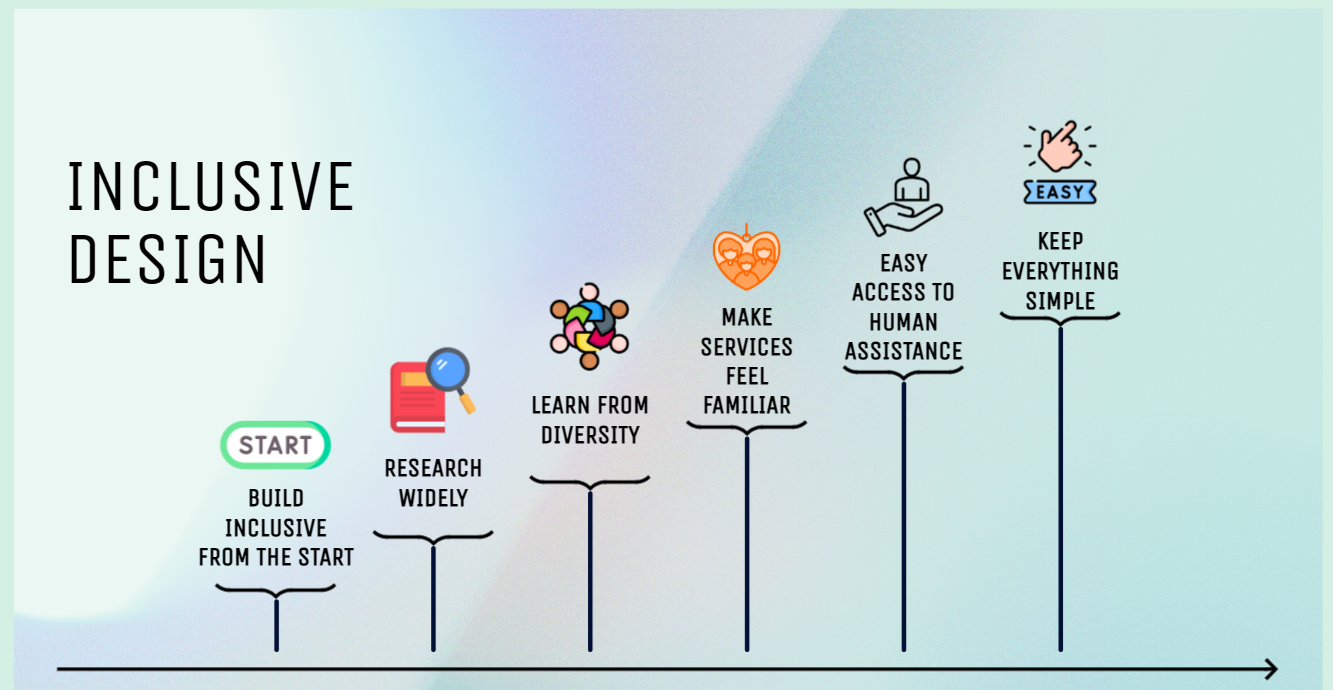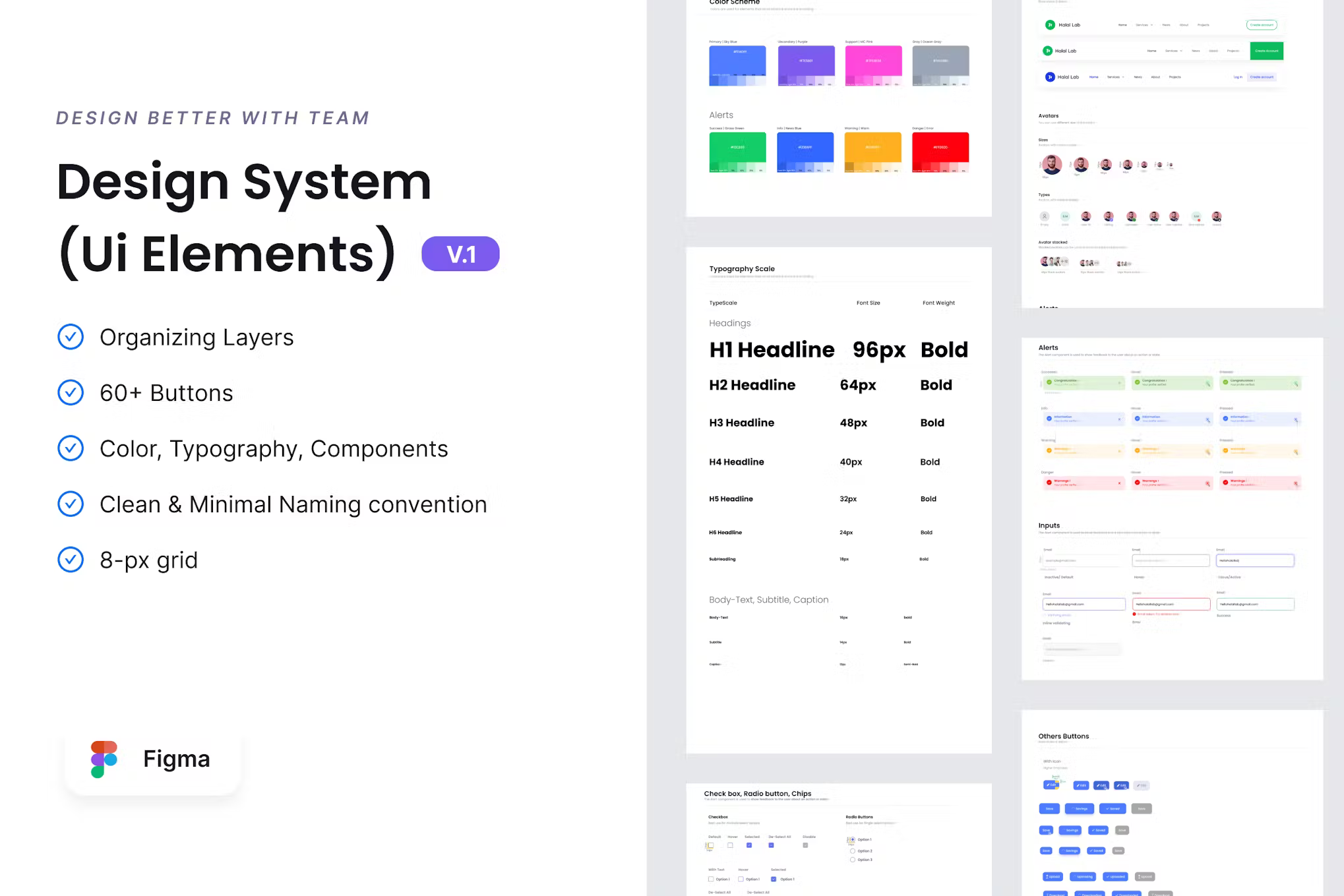In the world of user experience (UX) design, research serves as the guiding light, illuminating the path to creating products and services that truly resonate with users. A well-structured UX research plan acts as the compass, directing your efforts, ensuring efficiency, and maximizing the value of your findings.
This article serves as a comprehensive guide, walking you through the process of creating effective UX research plans that will empower you to:
- Uncover user needs, motivations, and pain points
- Validate design decisions and reduce development risks
- Make informed decisions throughout the design process
- Create user-centered products that delight and engage

Understanding UX Research Plans
A UX research plan is a strategic document that outlines the goals, scope, and methodology for a research project. It serves as a blueprint for conducting research activities, ensuring that you collect the right data to answer your research questions and achieve your objectives.
Key Steps in Crafting Effective UX Research Plans:
1. Define Your Research Objectives:
- What are the key questions you want to answer?
- What are the specific goals you want to achieve with your research?
- What are the potential business impacts of your research findings?
2. Identify Your Target Audience:
- Who are the users you want to study?
- What are their demographics, behaviors, and characteristics?
- How will you recruit participants who represent your target audience?
3. Choose the Right Research Methods:
- What type of data do you need to collect (qualitative or quantitative)?
- What research methods are most suitable for your objectives and target audience (e.g., interviews, surveys, usability testing, card sorting)?
- What are the strengths and limitations of each method?
4. Develop a Research Timeline:
- What is the overall timeframe for your research project?
- When will you conduct each research activity?
- What are the key milestones and deliverables?
5. Create a Data Collection and Analysis Plan:
- How will you collect and store your research data?
- What tools and techniques will you use to analyze your data?
- How will you present your findings in a clear and actionable way?
6. Conduct the Research and Iterate:
- Execute your research plan, ensuring you adhere to ethical guidelines and best practices.
- Analyze your findings and identify key insights and patterns.
- Use your research insights to inform design decisions and iterate on your product or service.

UX Research Plan Structure
A typical UX research plan might include the following sections:
- Project Overview: A brief summary of the project, including its goals, scope, and target audience.
- Research Objectives: Clearly defined research questions and desired outcomes.
- Research Methodology: Detailed description of the chosen research methods, including participant recruitment, data collection, and analysis techniques.
- Timeline: A schedule outlining the key phases of the research project, with specific dates for each activity.
- Budget: An estimate of the costs associated with the research, including participant incentives, tools, and software.
- Deliverables: A list of the expected outputs of the research, such as reports, presentations, and prototypes.
- Contingency Plans: Anticipation of potential challenges and roadblocks, with strategies for mitigating them.
Benefits of UX Research Plans:
- Clarity and Focus: Provides a clear roadmap for your research, ensuring everyone is on the same page.
- Efficiency: Helps you optimize your time and resources by prioritizing research activities and avoiding scope creep.
- Actionable Insights: Ensures you collect the right data to answer your research questions and make informed decisions.
- Stakeholder Alignment: Helps you communicate the value and impact of your research to stakeholders, securing their buy-in and support.
- User-Centric Design: Ensures your design decisions are based on real user needs and behaviors, leading to improved user satisfaction and product adoption.

Crafting effective UX research plans is essential for uncovering valuable user insights and creating products and services that meet the needs and expectations of your target audience. By following the steps outlined in this guide, you can develop research plans that empower you to make informed design decisions and deliver exceptional user experiences. Remember, UX research is an ongoing process. Continuous research and iteration are key to staying ahead of the curve and creating products that truly resonate with users.
Enjoyed this deep dive into UX research plans? ✨ Last week we explored the world of User Testing Protocols, and we'll continue bringing you valuable UI/UX insights every 🎨 UI/UX Design Thursday! Make sure to follow us so you don't miss out on future articles and resources. Connect with us on [Social Media Platform] to join the conversation and share your UX research journey!
References:
- Courage, C., & Baxter, K. (2005). Understanding your users: A practical guide to user requirements methods, tools, and techniques. Morgan Kaufmann.
- Nielsen Norman Group. (n.d.). User research basics. Retrieved from https://www.nngroup.com/articles/which-ux-research-methods/
- The Interaction Design Foundation. (n.d.). The guide to UX research methods. Retrieved from https://www.interaction-design.org/literature/topics/ux-research




